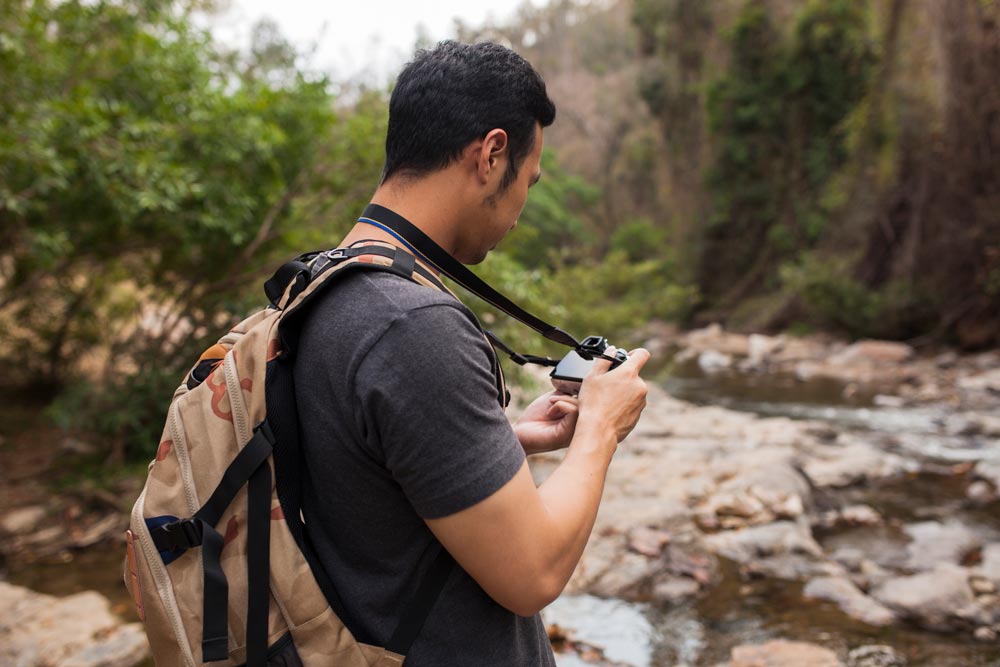Photographing the Louisiana Swamp: A Guide for Adventurous Shooters

Let’s be honest—when most folks think about going on a photo shoot, they picture city skylines, fashion models, or sunsets over sandy beaches. But if you ask me, nothing compares to the wild beauty of Louisiana’s swamps. Sure, you might get a little muddy, swat a few mosquitoes, and find yourself locking eyes with a curious alligator. But that’s all part of the charm. Our wetlands aren’t just photogenic—they’re alive, unpredictable, and downright cinematic.
At Louisiana Tour Company, we’ve seen our share of camera-toting adventurers—some ready for National Geographic, others still learning the difference between zoom and crop. Doesn’t matter. The swamp rewards patience, curiosity, and a willingness to sweat a little in the name of beauty.
Timing: Swamp Photography Is All About the Light
Out here, lighting is everything. The swamp has moods, and most of them change by the hour. The best time to capture her in her full glory? Golden hour. Just after sunrise or just before sunset. Early mornings bring a soft haze, fog hanging low like it overslept, and sunlight filtering through cypress limbs like it’s trying to sneak in unnoticed. It’s quiet, it’s eerie, and it’s stunning.
Midday? Well, that’s when the light gets a little cranky. Harsh shadows, overexposed water, and wildlife hiding in the shade. Not ideal unless it’s overcast, in which case you can sneak in some great close-ups without squinting through glare. Late afternoons are another sweet spot, with shadows stretching long and the water picking up some golden highlights. Plus, that’s when critters start getting brave again—birds feeding, gators cruising, turtles pretending they’re rocks.
Composition: Shoot Wide, Zoom Close, Stay Low
Let’s talk about how to actually frame the shot without falling in the water (pro tip: don’t lean too far over the side of the boat unless your camera floats).
Wide-angle lenses are your best friend for capturing the full swamp scene—trees stretching up, water stretching out, and everything looking like a scene from a Southern gothic novel. Keep your camera low to the water to draw your viewer into the image. Trust me, reflections are your friend. A still bayou surface is like nature’s mirror—just don’t try to fix your hair in it.
Look for leading lines—tree trunks, canals, walkways—that draw the eye into the frame. And don’t be afraid to use foreground elements like branches or moss to frame your shot. The swamp is naturally layered, so let your photo tell that story.
Want to get close to a bird, gator, or shy turtle? That’s where a good telephoto lens comes in. You’ll be able to zoom in without scaring off the wildlife—or accidentally joining them in the water. And if you’re on a boat, consider a camera with image stabilization, or bring a monopod. Wobbling photos are charming when they’re from your aunt’s flip phone. Less so when you’re trying to sell a print.
Wildlife: It Moves (Sometimes)
Let’s be clear—this isn’t a zoo. Wildlife shows up on its own schedule. You might wait 20 minutes to see a heron flap across the trees—or you might round a bend and surprise a dozen gators sunning themselves like they booked a group spa day.
In spring and early summer, reptiles are out and about. Alligators bask, turtles pile up on logs, and frogs start practicing their nighttime concerts. Wading birds—herons, egrets, ibises—are abundant during nesting season. Just remember to respect their space. No photo is worth stressing out a mama bird guarding her chicks.
Macro photographers, this is your playground too. Frogs, dragonflies, water spiders—you name it, it’s out there. Just bring bug spray and keep one eye on where you’re standing.
Fall brings a softer palette. The greens mellow into ochres, and misty mornings get even more dramatic. Winter? The trees go bare, the humidity drops, and the light gets crystal clear. Fewer critters, but more mood.
Gear & Safety: Swamp Smart, Not Swamp Sorry
Swamp access varies. Some of the best spots are only reachable by boat (lucky for you, we’ve got those), while others are tucked along boardwalks and hiking paths. If you’re trekking on foot, wear waterproof boots—just trust me on that one. Bring insect repellent, sunscreen, and extra batteries (humidity loves to kill them). A rain cover or dry bag for your camera gear is always a good idea, especially if the weather turns or you’re shooting from a boat.
And don’t forget your common sense. Respect the wildlife. Don’t step on plants. Don’t try to pet anything. If it hisses, stings, or disappears into the water with a splash—back away slowly.
Why We Do It
Photographing the Louisiana swamps is about more than getting the perfect shot. It’s about slowing down, tuning in, and seeing a world most folks drive past without a second thought. The swamp isn’t polished. It’s raw. It’s alive. It’s waiting for someone to see it—not just as background noise, but as the breathing, shimmering, buzzing world it really is.
And if you’re ready to see it through a lens, we’d be glad to show you around.
Bring your camera. Bring your curiosity. And maybe bring an extra memory card—because out here, every turn brings something worth capturing.
